by Ellen Weber and Jeremy Myers
Throughout this summer as we have gathered folks together around our work, the text from Ezekiel 47 continues to be a way to ground us before we begin. As our work shifts, taking time to remember these words re-grounds us in why public church matters through Ezekiel’s vision of God’s abundance.
Ezekiel’s Vision (Ezekiel 47:1–12, NRSV)
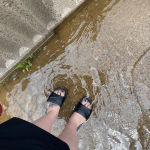 1 Then he brought me back to the entrance of the temple; there, water was flowing from below the threshold of the temple towards the east (for the temple faced east); and the water was flowing down from below the south end of the threshold of the temple, south of the altar. 2 Then he brought me out by way of the north gate, and led me round on the outside to the outer gate that faces towards the east; and the water was coming out on the south side.
1 Then he brought me back to the entrance of the temple; there, water was flowing from below the threshold of the temple towards the east (for the temple faced east); and the water was flowing down from below the south end of the threshold of the temple, south of the altar. 2 Then he brought me out by way of the north gate, and led me round on the outside to the outer gate that faces towards the east; and the water was coming out on the south side.
3 Going on eastwards with a cord in his hand, the man measured one thousand cubits, and then led me through the water; and it was ankle-deep. 4 Again he measured one thousand, and led me through the water; and it was knee-deep. Again he measured one thousand, and led me through the water; and it was up to the waist. 5 Again he measured one thousand, and it was a river that I could not cross, for the water had risen; it was deep enough to swim in, a river that could not be crossed. 6 He said to me, ‘Mortal, have you seen this?’
Then he led me back along the bank of the river. 7 As I came back, I saw on the bank of the river a great many trees on one side and on the other. 8 He said to me, ‘This water flows towards the eastern region and goes down into the Arabah; and when it enters the sea, the sea of stagnant waters, the water will become fresh. 9 Wherever the river goes, every living creature that swarms will live, and there will be very many fish, once these waters reach there. It will become fresh; and everything will live where the river goes. 10 People will stand fishing beside the sea from En-gedi to En-eglaim; it will be a place for the spreading of nets; its fish will be of a great many kinds, like the fish of the Great Sea. 11 But its swamps and marshes will not become fresh; they are to be left for salt. 12 On the banks, on both sides of the river, there will grow all kinds of trees for food. Their leaves will not wither nor their fruit fail, but they will bear fresh fruit every month, because the water for them flows from the sanctuary. Their fruit will be for food, and their leaves for healing.’
Ezekiel’s vision becomes an invitation to follow God’s jubilee as it flows into the world and and makes everything live where it flows. The Public Church Framework (below) provides faith communities with a way to do this, to become blessings for the entire land on which they are rooted rather than existing to serve their own purpose. We are Ezekiel, following the enigmatic divine tour guide along the river as we learn to see the breadth and depth of God’s love flowing away from the temple and into the world. Continue reading “EZEKIEL AND THE PUBLIC CHURCH: EVERYTHING WILL LIVE WHERE THE RIVER GOES” →
 Trust the Process: A Journey of Connection and Transformation
Trust the Process: A Journey of Connection and Transformation



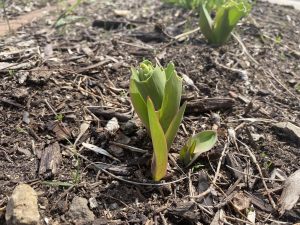
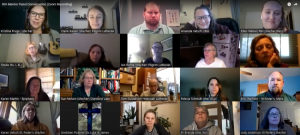
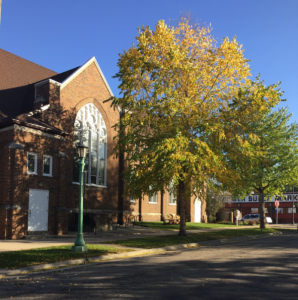
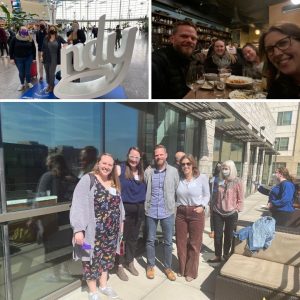
 We are entering the season of Epiphany. This is the time in the church year when we celebrate the revelation, or epiphany, of Jesus to the nations. It is a celebration of the gift of Jesus becoming public and known to all. How might your congregation live into this spirit of Epiphany, seeking to celebrate the presence of Jesus in the public squares of our lives?
We are entering the season of Epiphany. This is the time in the church year when we celebrate the revelation, or epiphany, of Jesus to the nations. It is a celebration of the gift of Jesus becoming public and known to all. How might your congregation live into this spirit of Epiphany, seeking to celebrate the presence of Jesus in the public squares of our lives?